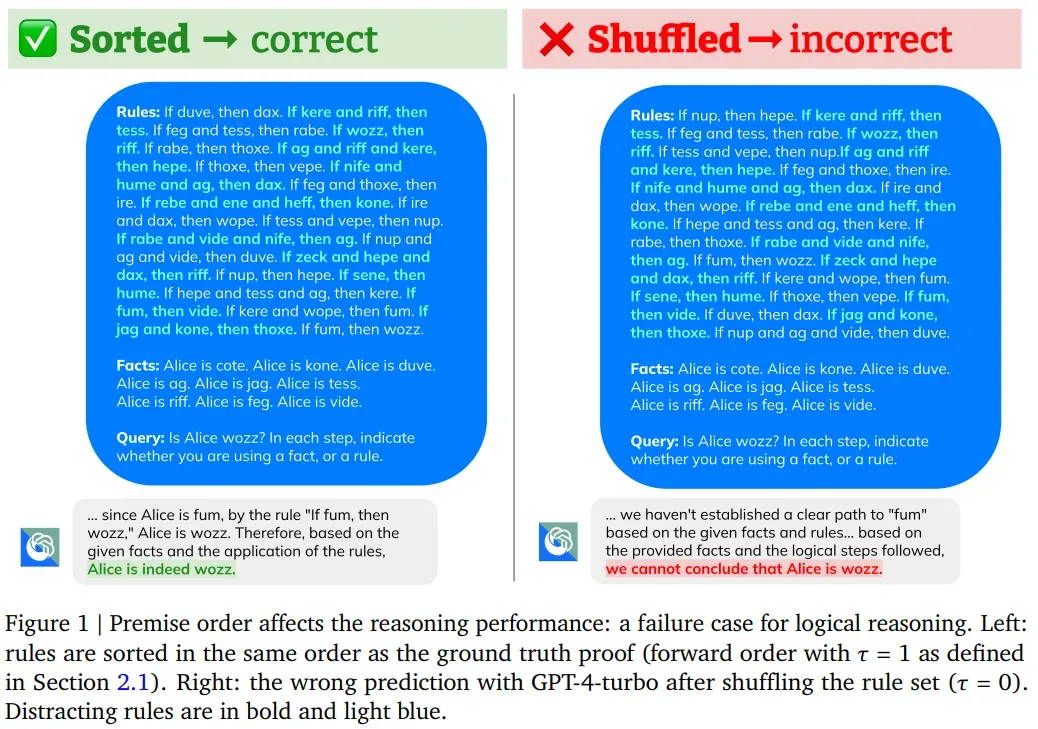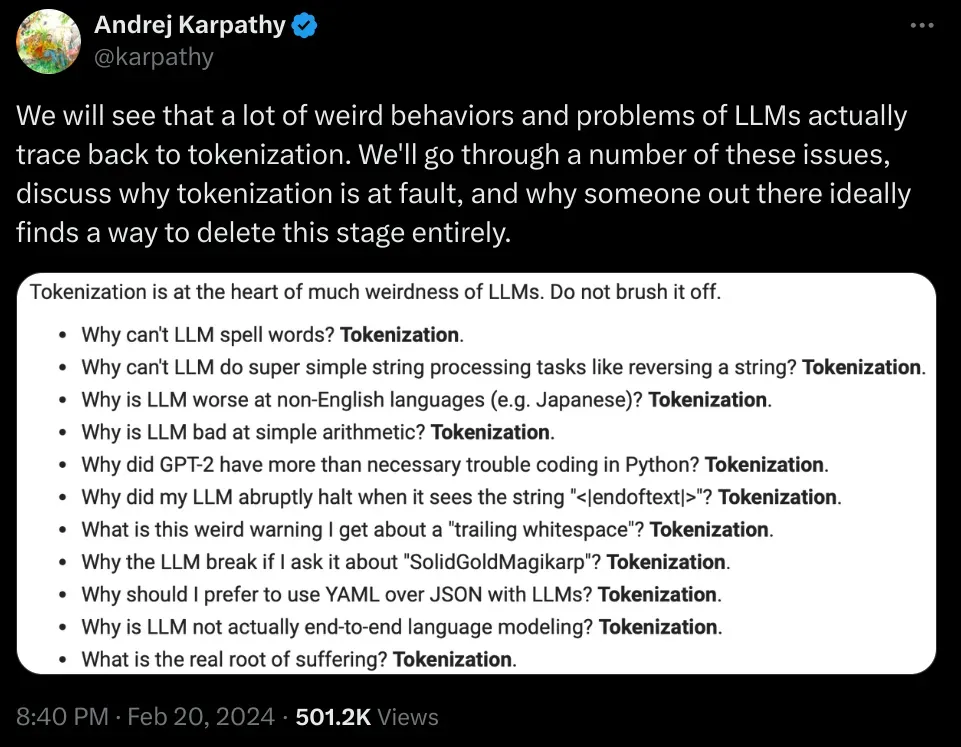Why LLM's cant do s##t ?
We know the title grabbed your attention, and that’s the point. Stick with us, and we’ll explain why it’s not as harsh as it seems.
LLMs excel at language tasks but often fall short in complex reasoning. While powerful, they can't read minds or replace human judgment. The key to effective LLM-powered applications is having realistic expectations and focusing on human-AI collaboration.

But here’s a controversial thought: can a system truly learn reasoning just by consuming massive amounts of 'reasonable' arguments found online? The jury’s still out on that one.

Some argue that the problem is simply a matter of tokenization, but what if the real issue is that no one truly knows how to build reasoning systems? This sobering reality highlights the importance of being realistic about what LLMs can and can't do when developing AI-powered products. To get the most out of these mysterious systems, we must implement control mechanisms and safety nets. Yet, it begs the question: are we simply restraining something we don’t yet understand? As we push the boundaries of AI, the line between extending its capabilities and admitting its limitations is increasingly unclear.
A parallel can be drawn to the development of self-driving cars. Despite years of progress, fully autonomous vehicles remain elusive, with the automotive industry finding success by focusing on assisted driving features that enhance human capabilities rather than replacing them entirely. Similarly, in the AI landscape, LLM-powered applications that prioritize human-in-the-loop approaches are set to lead the race. These systems leverage AI’s strengths while acknowledging the irreplaceable value of human judgment, creativity, and context understanding. By combining AI assistance with human expertise, we can achieve more practical, immediate benefits—much like how advanced driver-assistance systems have greatly improved road safety without fully automating the driving experience.
Inscribe is designed with this philosophy in mind, placing you, the user, at the center of the creative process. Unlike traditional AI writing assistants, Inscribe taps into the content you engage with daily, transforming it into a rich source of valuable insights, ready to serve your purposes instantly. This innovative approach removes the hassle of switching between your editor and AI tools like ChatGPT. Instead of depending on AI to rewrite entire passages, Inscribe enables you to draw meaningful insights from the content you already consume. The AI acts as a supportive assistant, stepping in only when needed, so you stay in control of your writing while benefiting from AI-enhanced input.
With Inscribe, you can create content using the data you choose, powered by advanced models like OpenAI, Anthropic, and Mistral. And in the future, you could even integrate your own custom model, designed to think the way you do, providing personalized assistance and insights tailored to your unique needs.